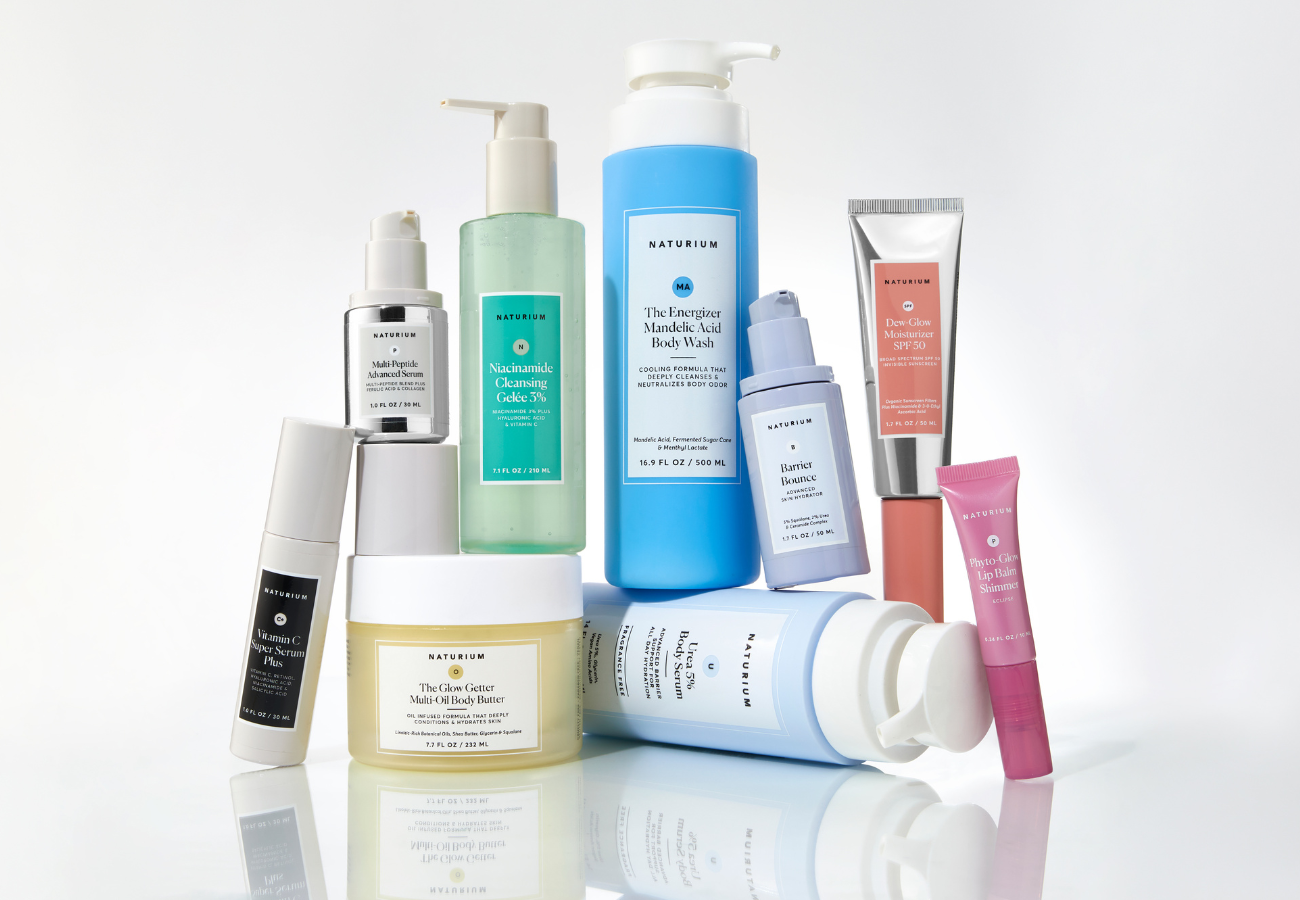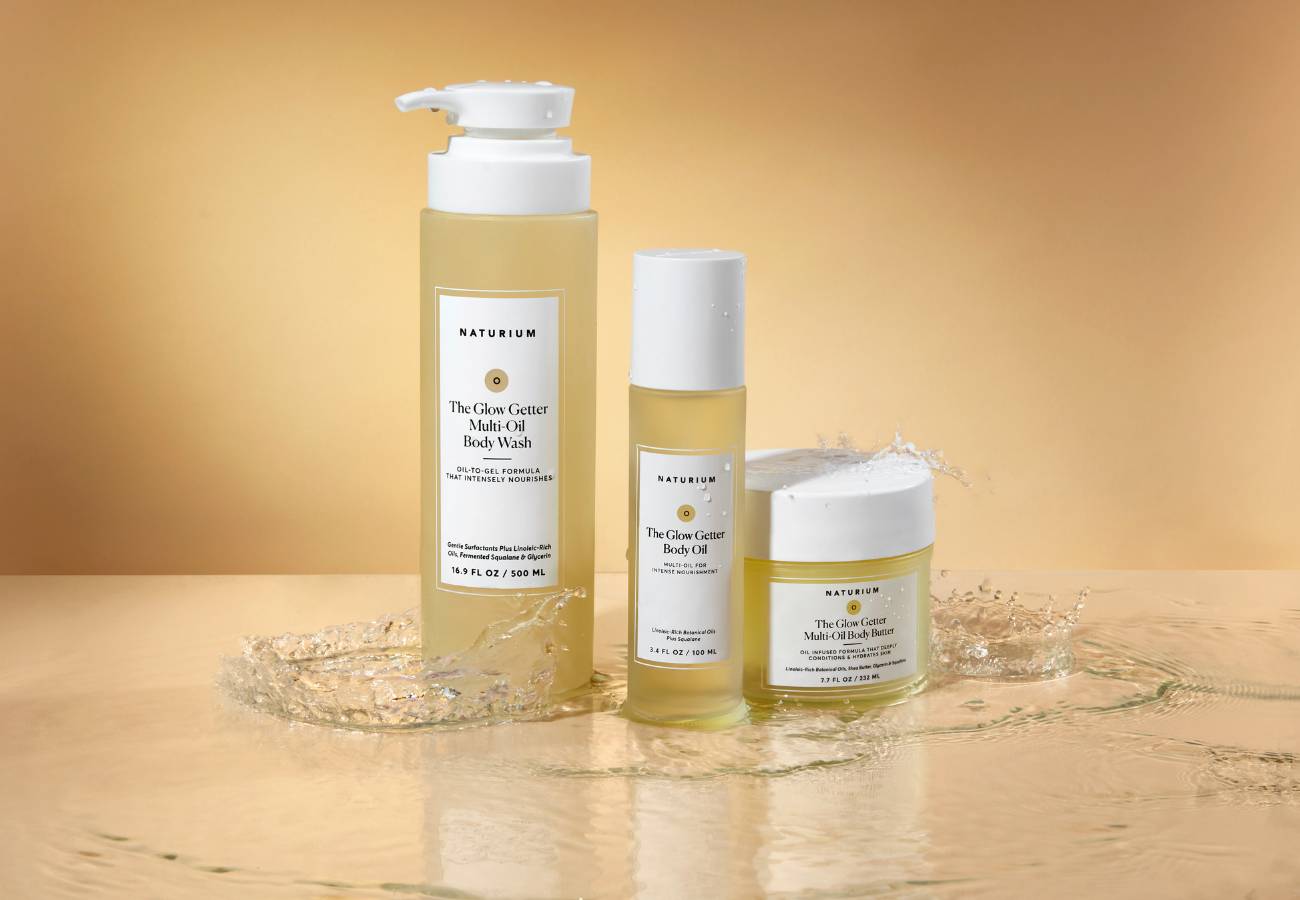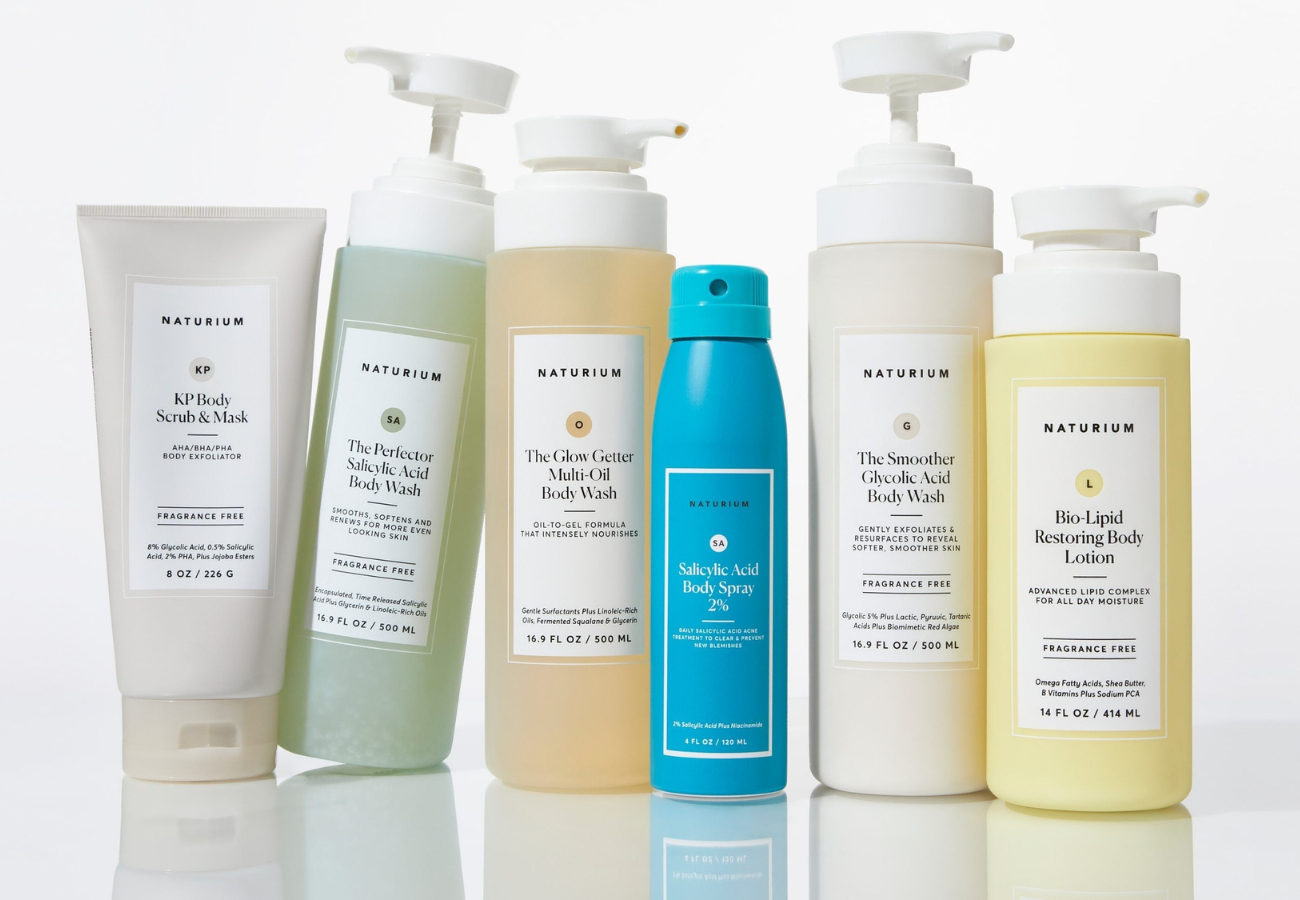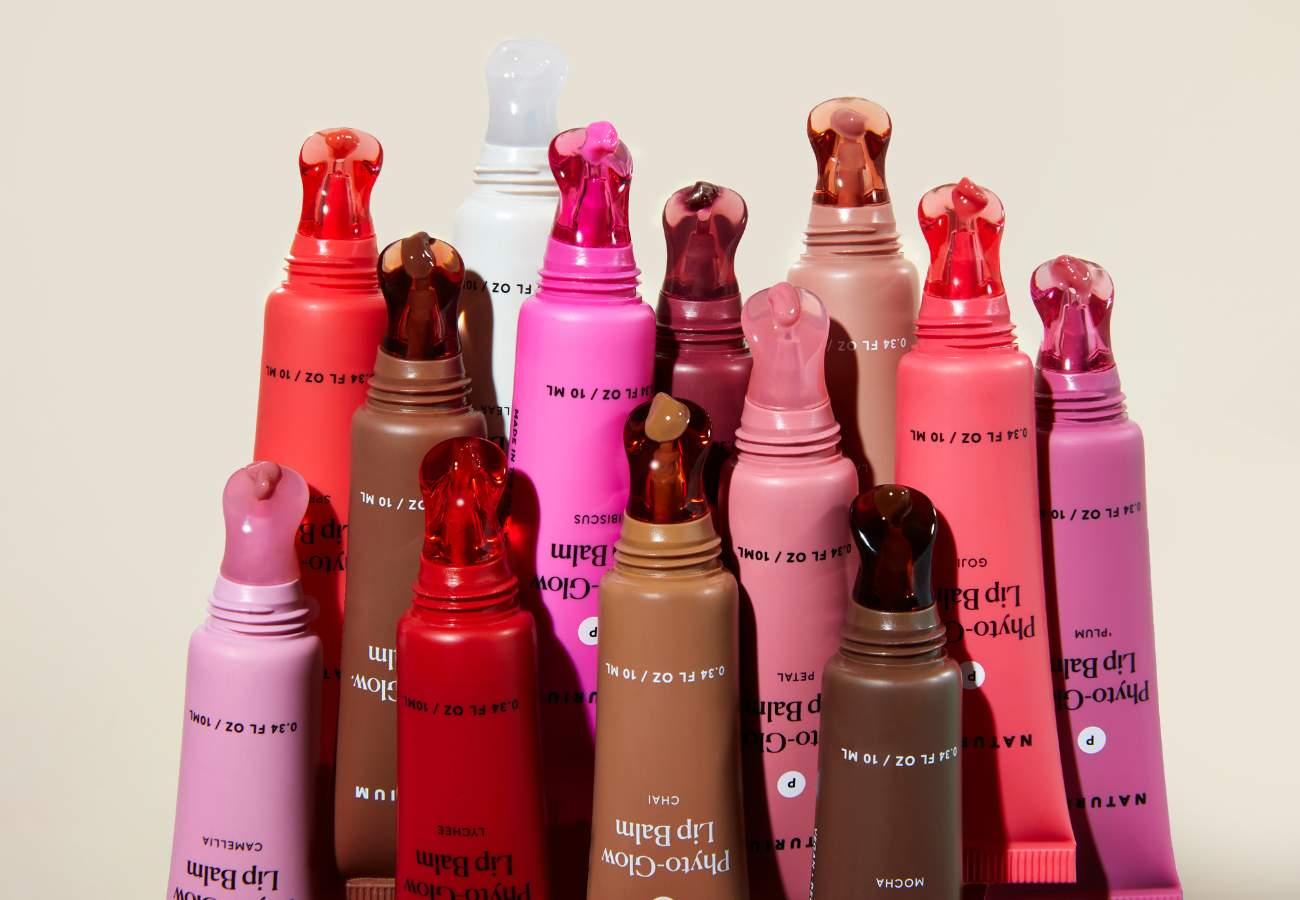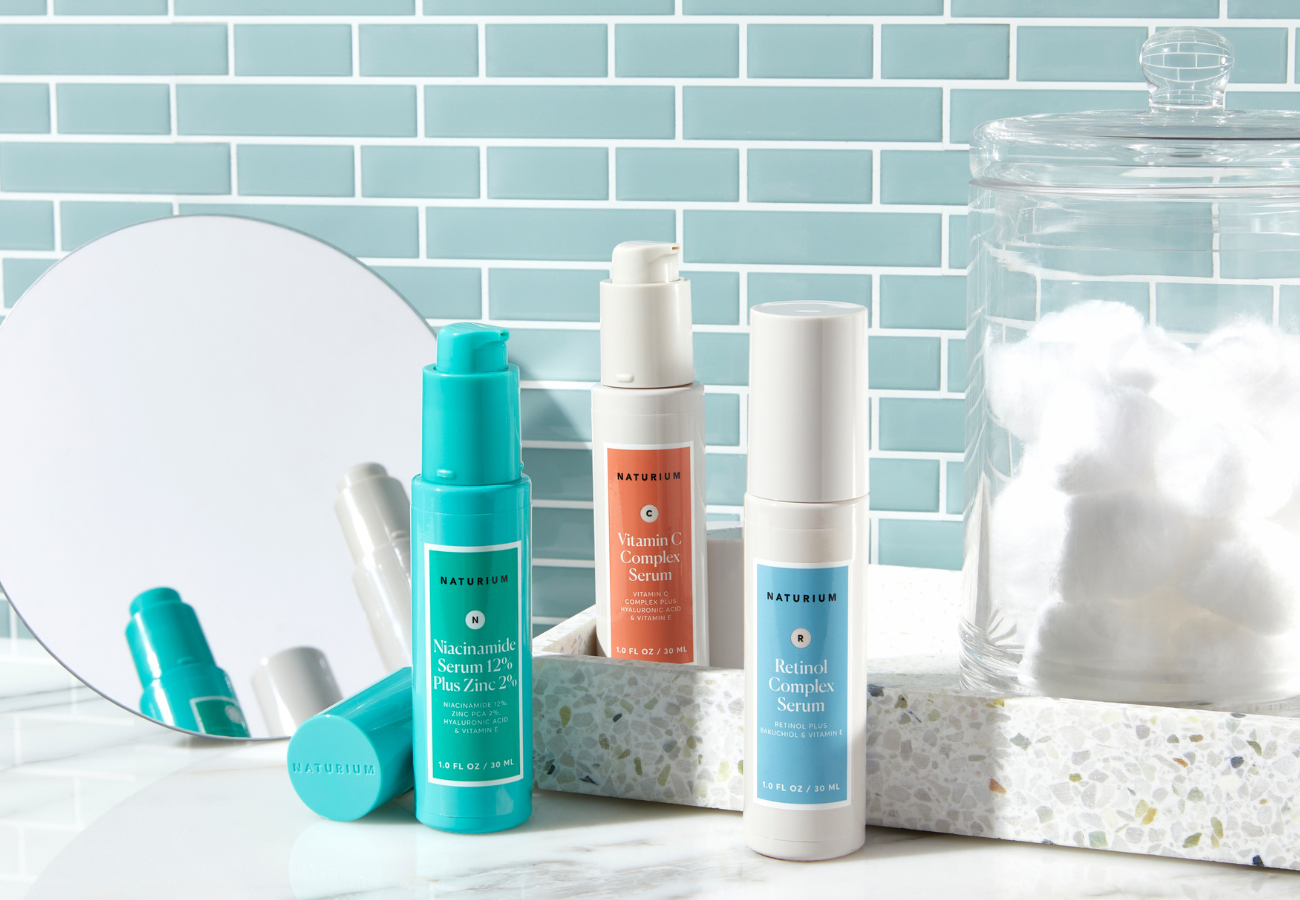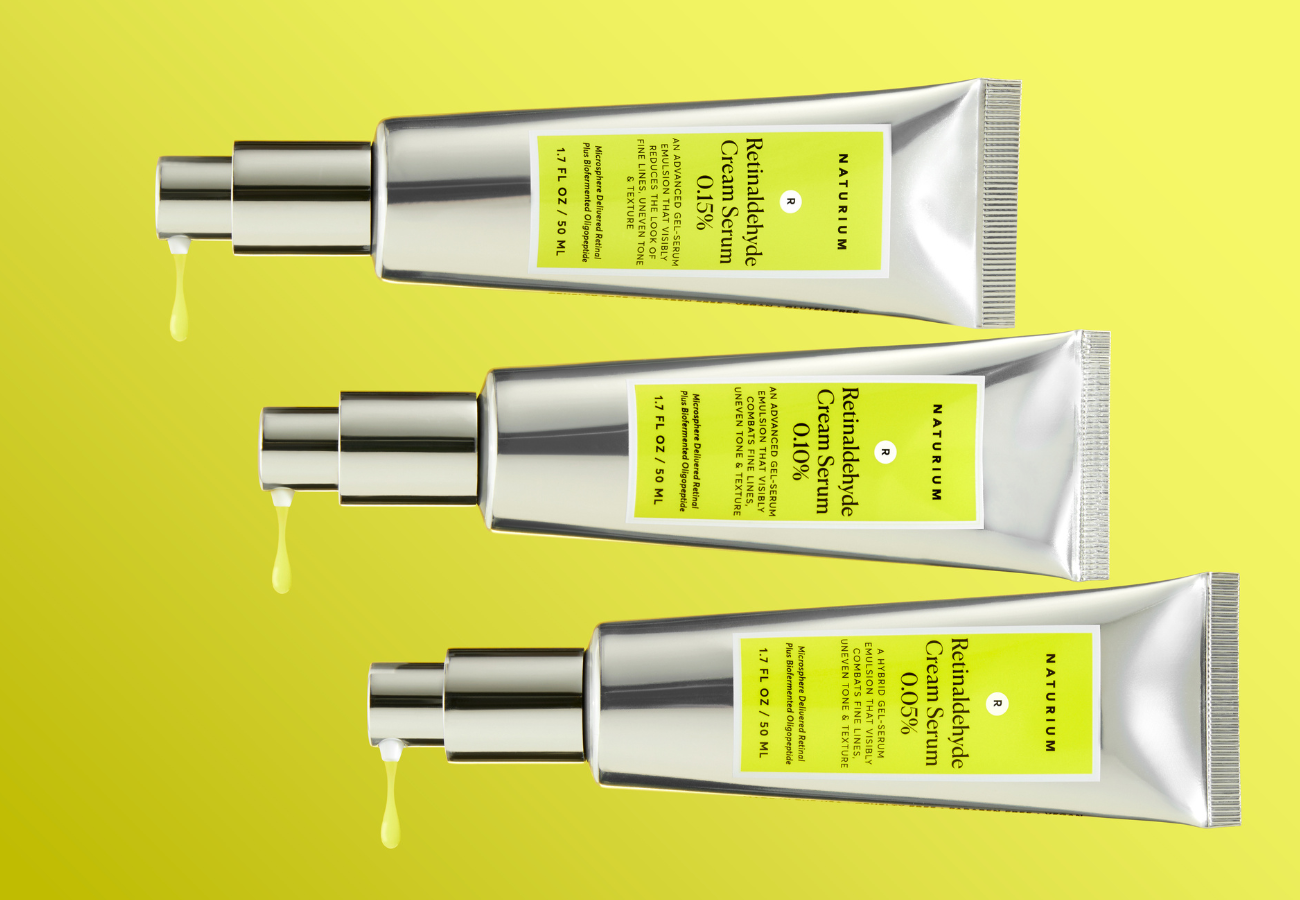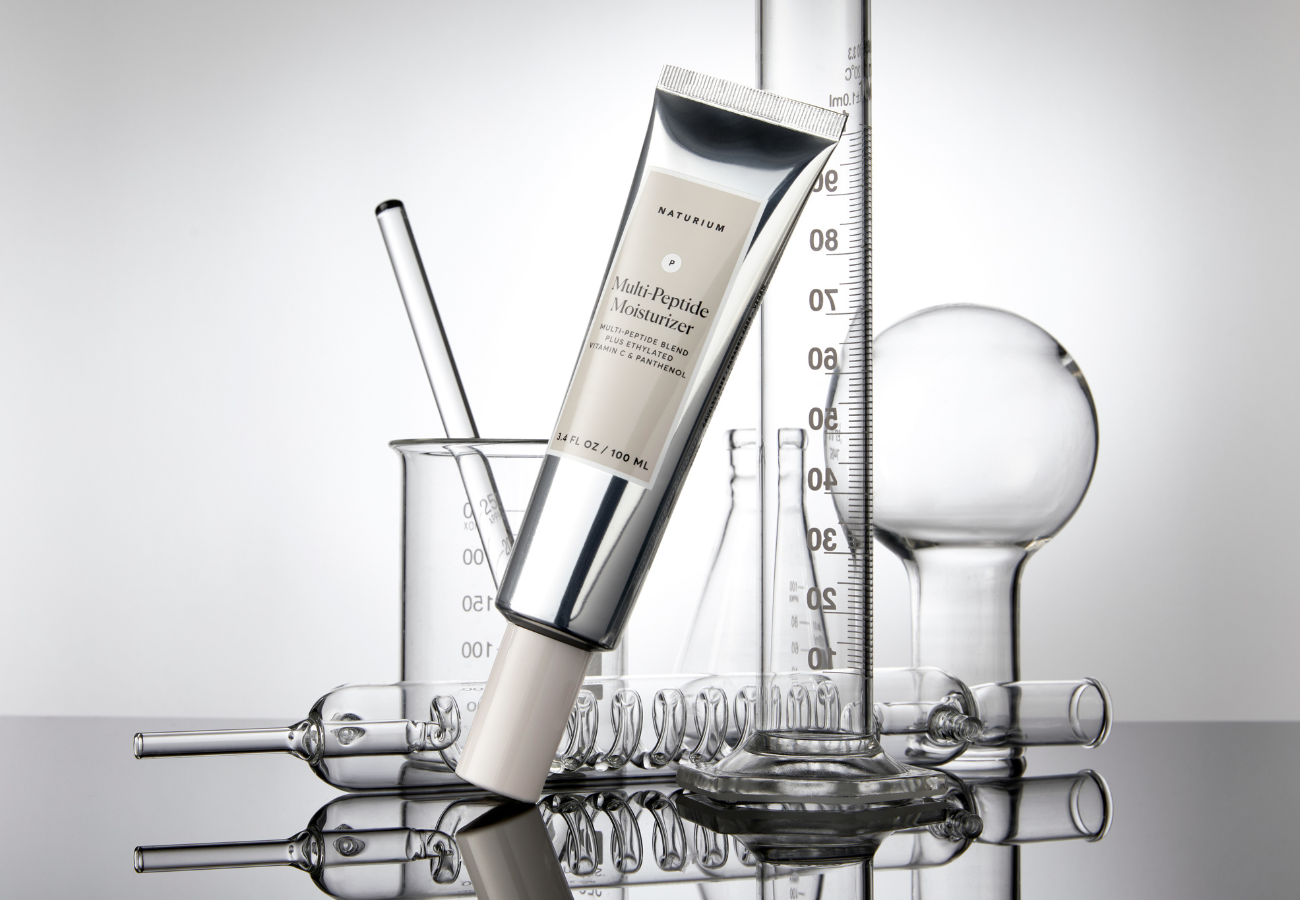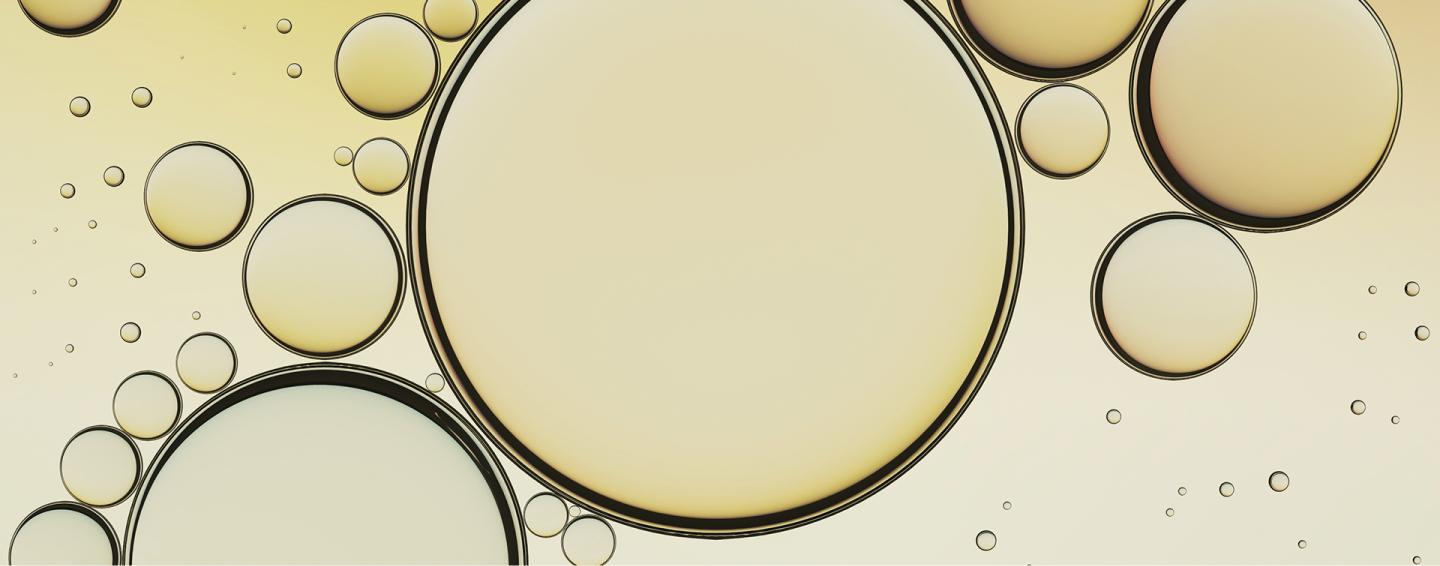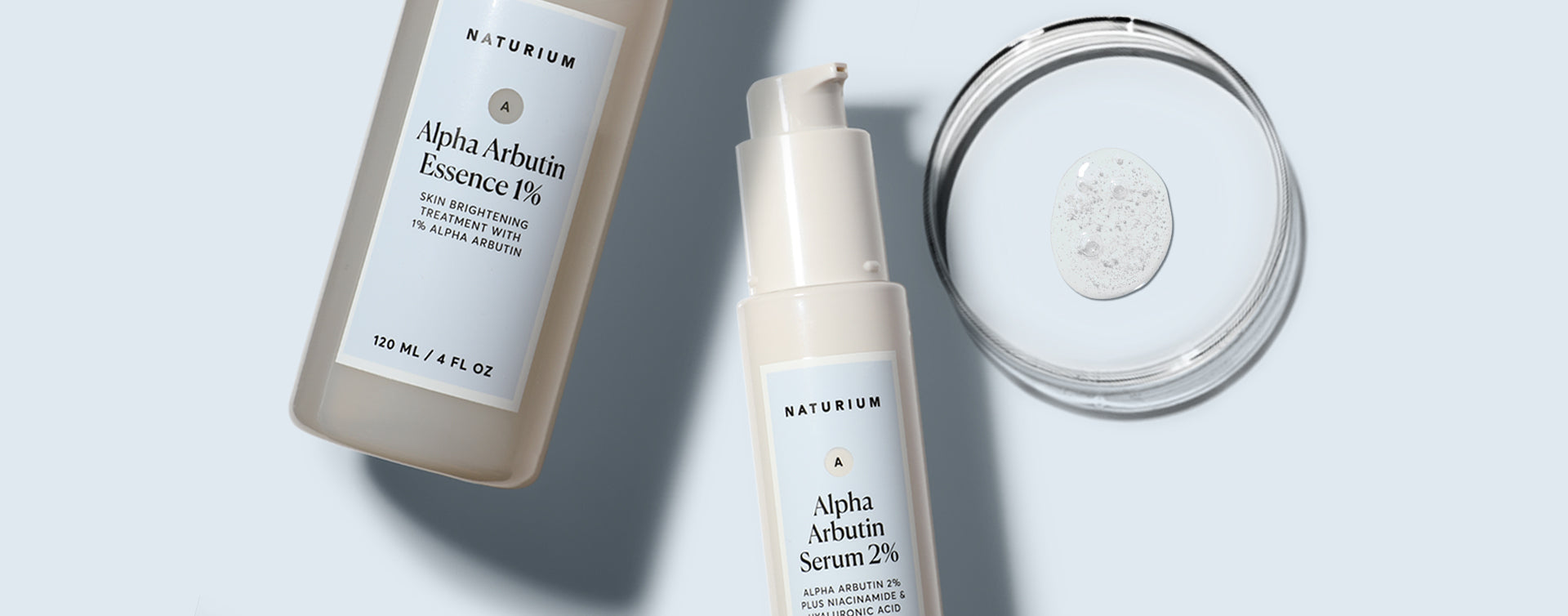
Everything You Need to Know About Alpha Arbutin
Uneven skin tone and dark spots are common skincare concerns. While many ingredients claim to brighten the appearance of skin, alpha ...
Read more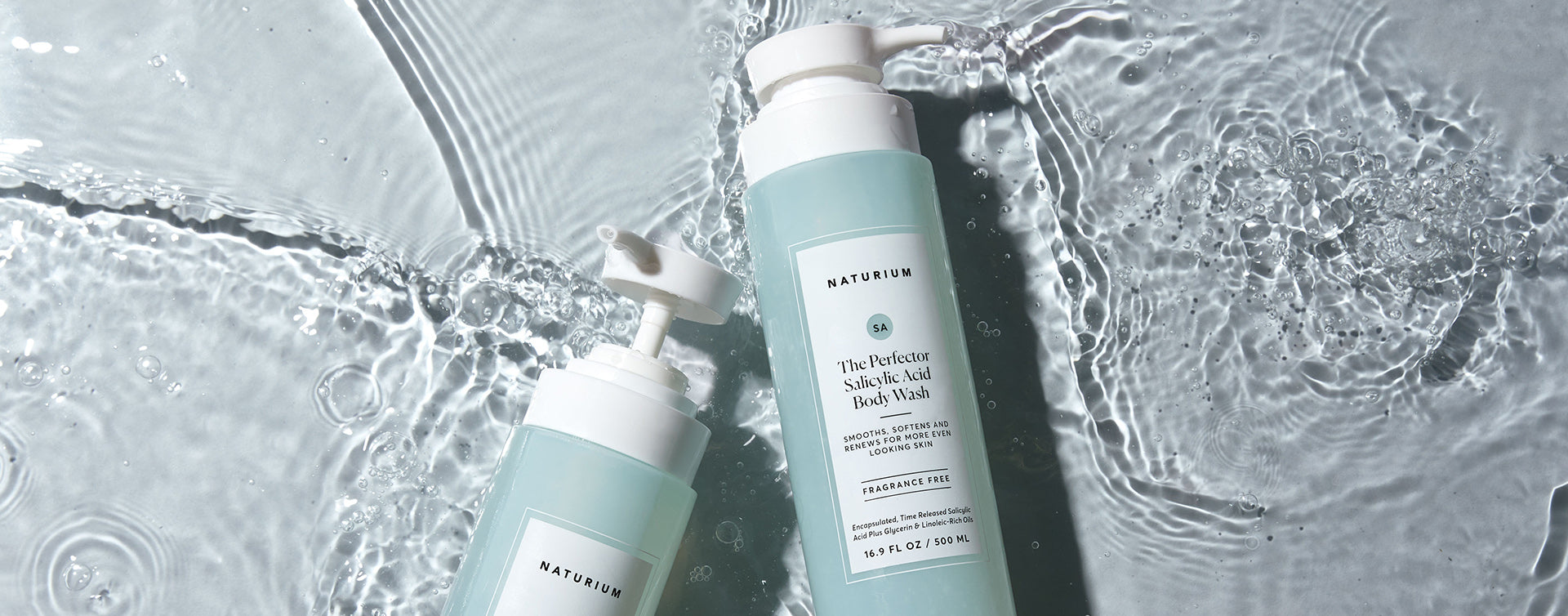
The Perfector: Salicylic Acid Body Wash for Rough and Bumpy Skin
The Perfector Salicylic Acid Body Wash is designed to help exfoliate and smooth the feel of rough, bumpy skin—making it a great optio...
Read more
Everything you Need to Know About Peptides
Peptides have become a buzzword in skincare, often associated with younger, more radiant-looking skin. But what are they exactly, and...
Read more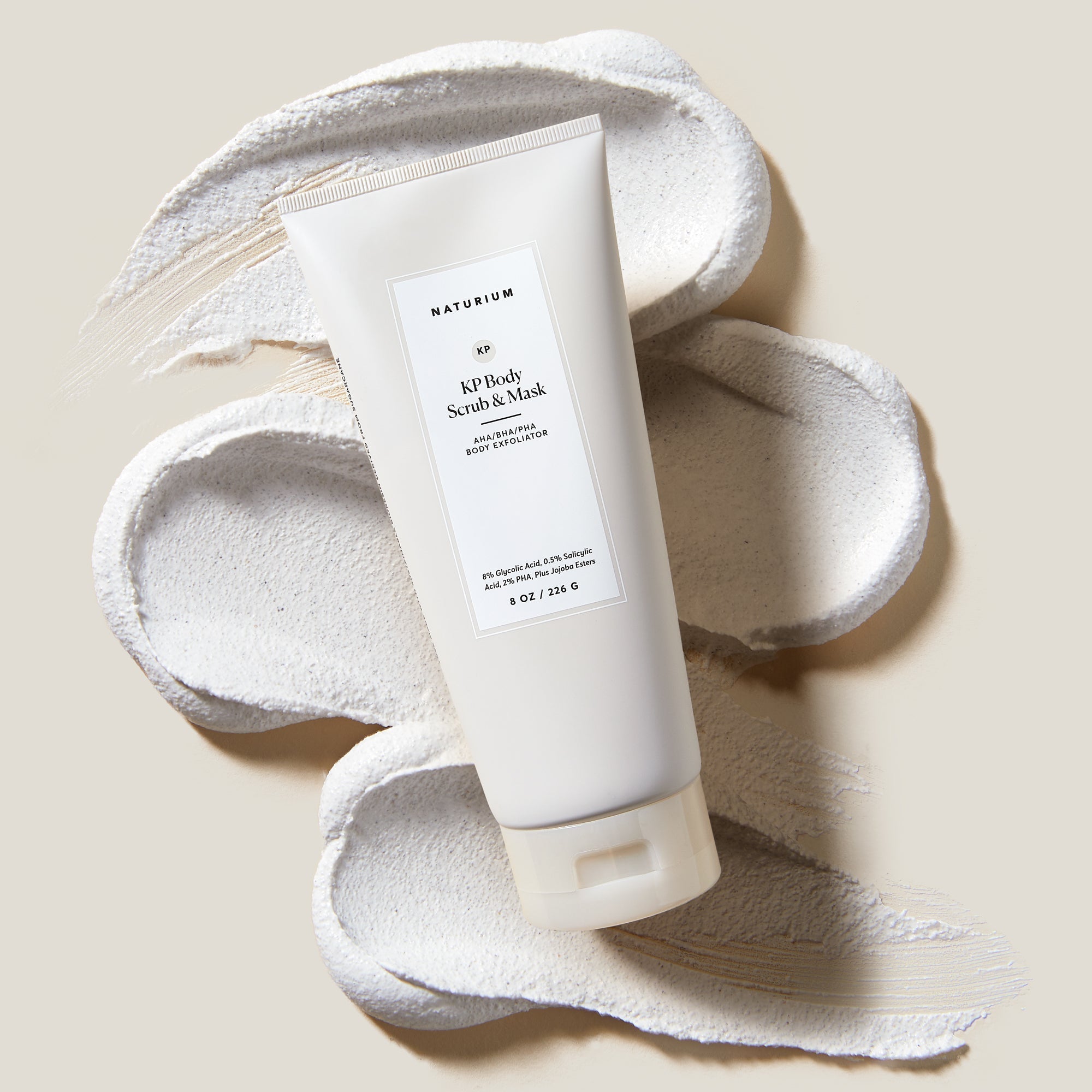
KP, “chicken skin,” or “strawberry legs”—whatever name you use, keratosis pilaris is a very common skin condition characterized by th...
Read more
The Comedogenic Scale: What It Is and Why It’s Not the Whole Story
Worried about clogged pores or breakouts from your skincare products? Many people rely on the comedogenic scale to choose “safe” prod...
Read more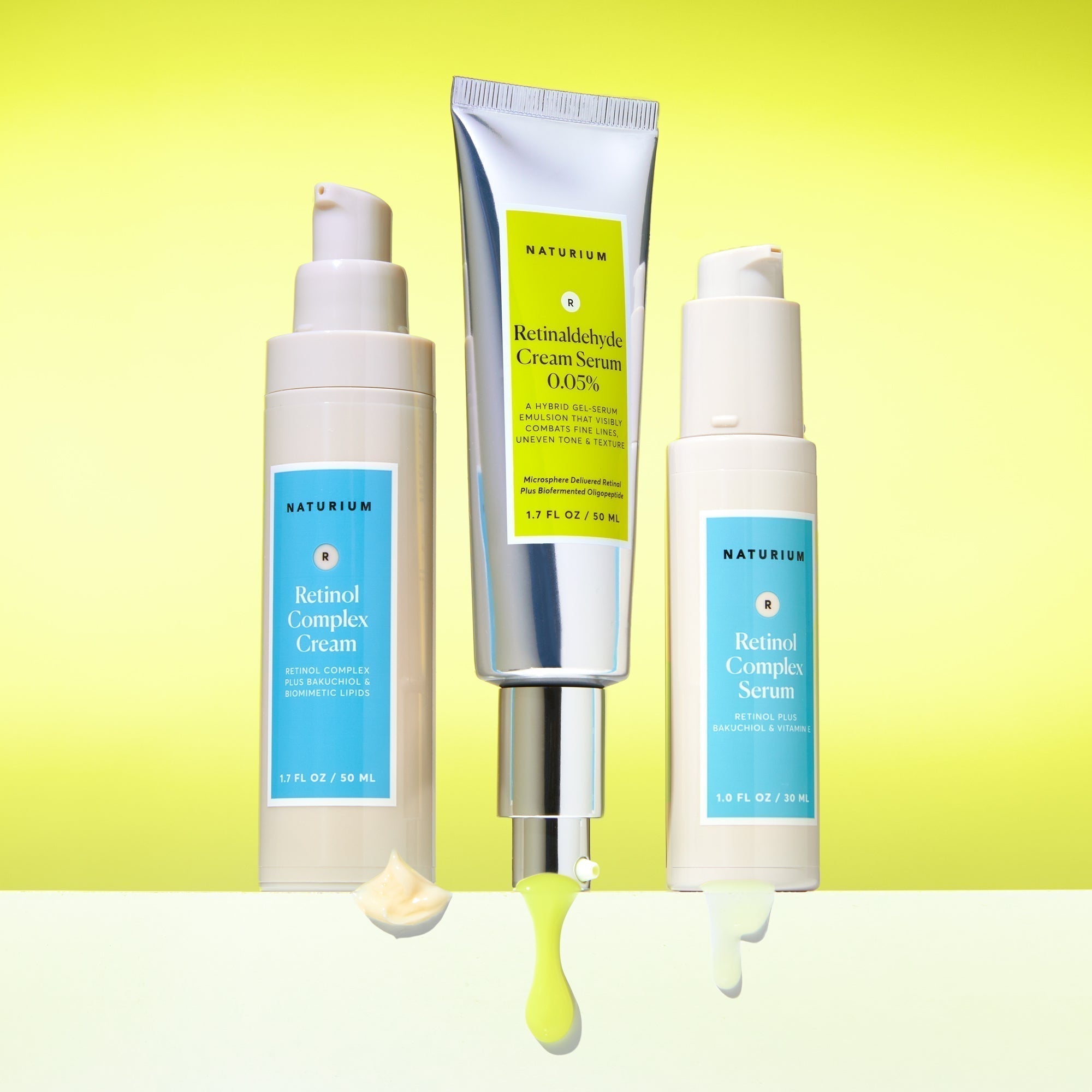
Retinol vs Retinal: What's the Difference?
Curious about how retinol and retinal compare? Both are members of the vitamin A family and are known for supporting smoother, more r...
Read more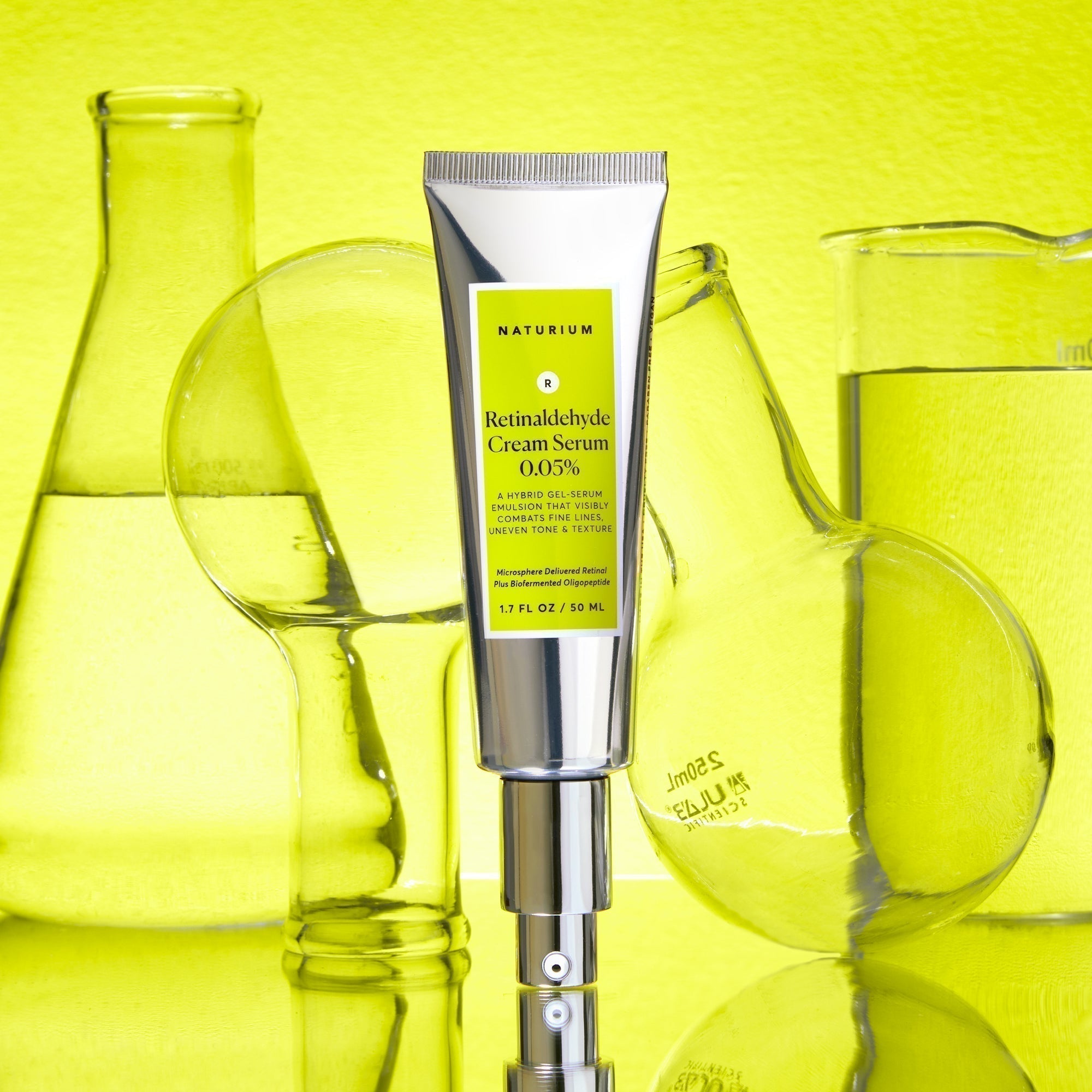
Everything You Need To Know About Retinaldehyde
You may be familiar with Retinol, but have you heard of retinaldehyde (sometimes called “retinal” or “all-trans-retinal”)? In the ski...
Read more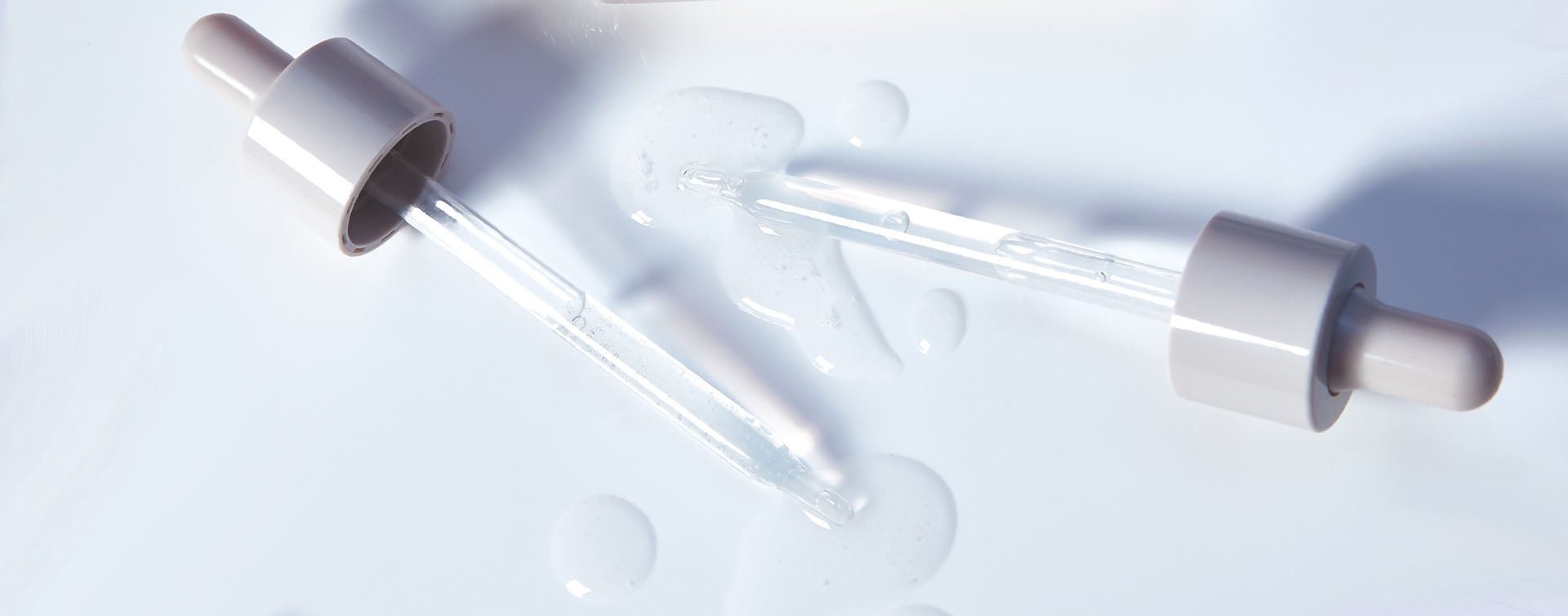
Acids may sound intimidating at first—especially if you have sensitive skin—but when formulated correctly, they can work gently to re...
Read more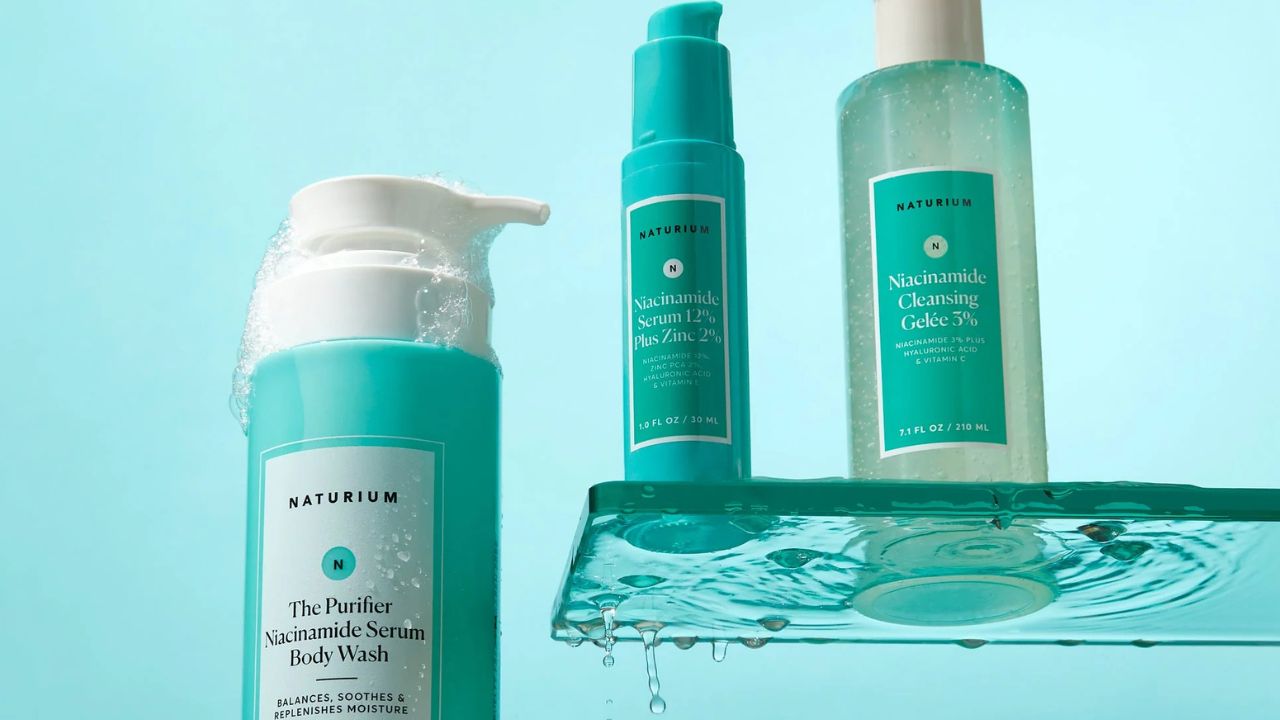
3 Incredible, Research- Backed Benefits of Niacinamide
Potent, versatile, and well-studied, niacinamide offers a wide range of supportive benefits for the skin. It’s one ingredient that de...
Read more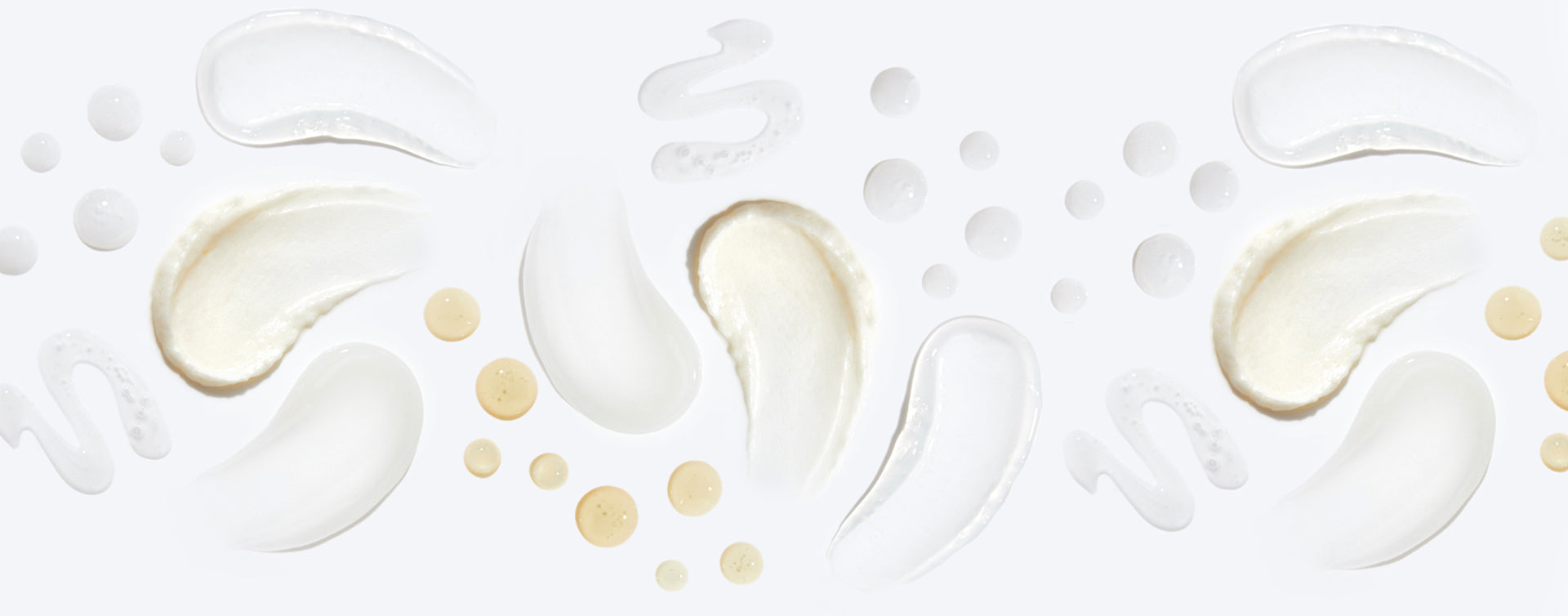
Arguably one of our most beloved ingredients, niacinamide is a versatile, skin-supportive antioxidant that truly does a little bit of...
Read more

